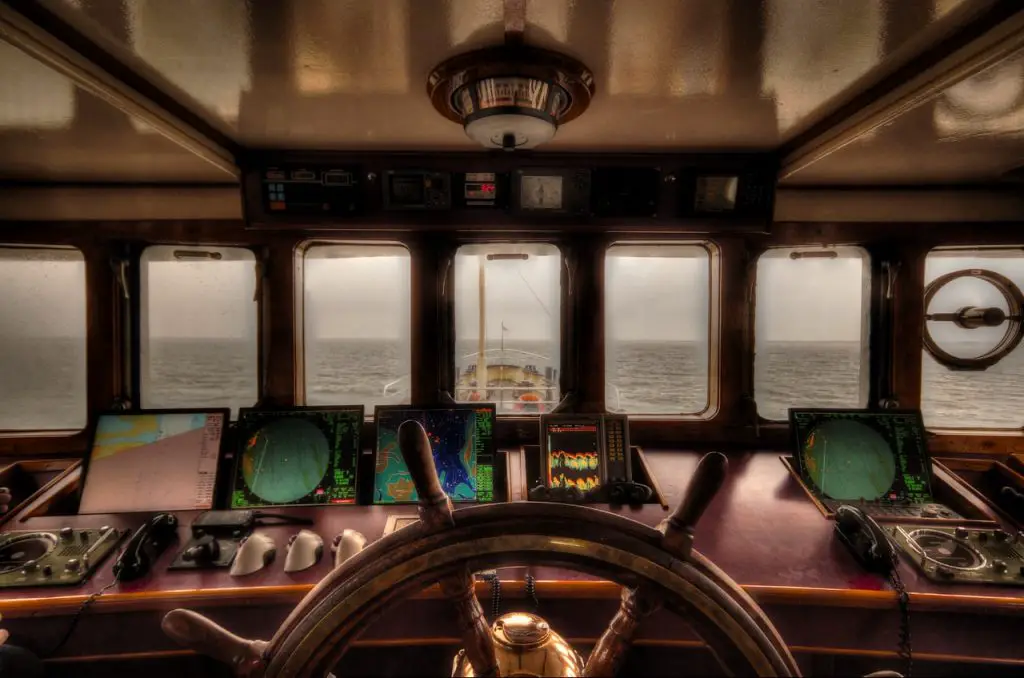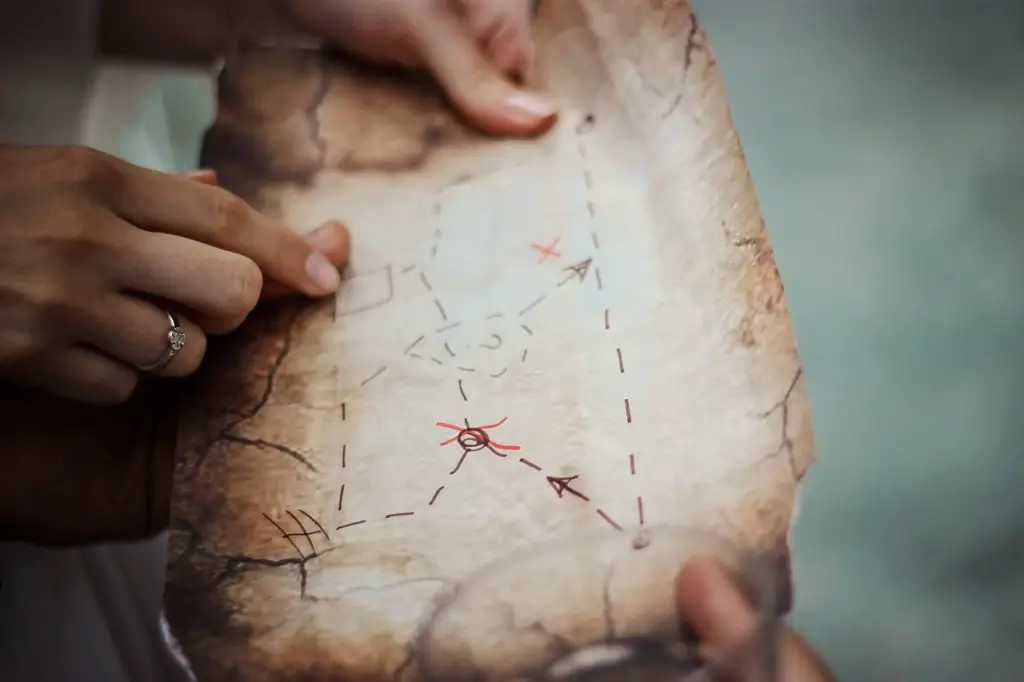Headhunting is the act of taking and preserving a person’s head after killing that person.
Generally, scholars agree that headhunting practice’s primary function was for ritualistic and ceremonial purposes.
Some even theorized that the practice came from the belief that the head contained a life force which could be harnessed through its capture.
In Borneo particularly, some of the reasons for headhunting included it being a sign of manhood, as a dowry of sorts for marriage, as casualties during the capture of enemies as slaves, looting of valuable properties, tribal conflicts and territorial expansion.
But how did the olden communities first think of taking off someone’s head and preserving it afterwards?
Here are three different accounts on how the headhunting practice originated in Borneo:

Headhunting practice originated from the act of sacrifice
A.M. Phillips wrote a letter to The Sarawak Gazette which was published on Apr 30, 1958. There, he shared about a legend concerning the origin of headhunting practice in Borneo.
Long time ago, the Dayaks in Saribas were still living in upper Batang Ai. There was a Dayak man who had no child of his own.
One day, he decided to take a jar along with a small party to an area where current day Kalimantan, Indonesia is.
At one of the longhouses there, he found a family who was willing to give up their son for him to adopt. After some celebration, the man and his party together with his newly adopted son set to return to Batang Ai while leaving the jar to the family as a token.
On their way home, the group had some misfortunes and sickness that two of them died. The man who started the expedition had a dream one night.
In the dream, he was told to kill his adopted son and keep only his head to be taken back to the longhouse. There the head would need to be preserved to ward off anymore misfortunes.
Once he woke up, he told the rest of his group about the dream. The idea of cutting off someone’s head was unheard of at that time. Nonetheless, the group persuaded him to do what he had been told in the dream.
The man reluctantly killed his adopted son. He then returned to his longhouse with the rest of the survivors of his group in good health. Meanwhile, the head was kept and preserved and the longhouse prospered.
A tale of vengeance
Sometime after that, a visitor from the boy’s longhouse came to visit. He heard the story about how the boy was killed and his head was hung at the longhouse. The visitor returned to his longhouse and told the boy’s biological parents.
Phillips wrote, “They were extremely incensed, for they had trusted the stranger, despite the fact that he was from another group and had hoped that friendship would have resulted between them.”
In a classic tale of vengeance, the parents together with the rest of the longhouse people set out to the man’s longhouse.
They took back the boy’s skull, but not without killing their now sworn enemies. Vengeance followed vengeance, and that was how headhunting practices started in Borneo.
It was a frog who inspired the headhunting practice in Borneo
W.F. Alder’s Men of the Inner Jungle (1923) gave one interesting legend on how the headhunting practice started in Borneo.
“One time during the progress of a tribal battle one of the warriors was sorely wounded and went to a stream to wash his hurts,” Alder wrote.
While bending over the edge of the stream he heard a voice speak to him. When he turned around, there stood a frog.
“The frog warned him that he would never succeed in battle until he took the head of his enemy and hung it from the roof of his house.”
The frog added that, only then all would fear him and because of that fear, would fall easy victim to his sword.
The man laid in the cool water until nightfall. When night came and the jungle was dark, the man made his way to his enemy’s house. There, the man crept on his enemy, struck him with a club, killing him instantly.
Alder wrote, “He then silently dragged the body of his victim into the jungle and cut off the head and at daybreak placed it upon the roof pole of his own house.”

The headhunting practice was started to please a woman
Guys, how far would you go to impress somebody? According to this legend from Skrang, one of the ‘chief incentives’ of collecting heads was the desire to please the women.
Harriette McDougall, wife to Bishop McDougall recorded an old legend about the daughter of the Skrang people’s great ancestor who refused to marry.
Well…not until her betrothed brought her a present worthy of her acceptance.
The legend goes, “The man went into the jungle and killed a deer, which he presented to her; but the fair lady turned away in disdain.” (Some women just can’t be pleased.)
So the man went out again, this time he returned with the body of an orangutan. Again, the woman was not happy with her gift. (What did these poor animals ever do to her?)
“Then, in a fit of despair, the lover went abroad, and killed the first man that he met, and throwing his victim’s head at the maiden’s feet, he exclaimed at the cruelty she had made him guilty of; but to his surprise, she smiled, and said, that she now had discovered the only gift worthy of herself.”
Hence, that is how headhunting practice originated – as part of a marriage proposal.
Do you know any legends on the origin of headhunting in Borneo? Let us know in the comment box.




























